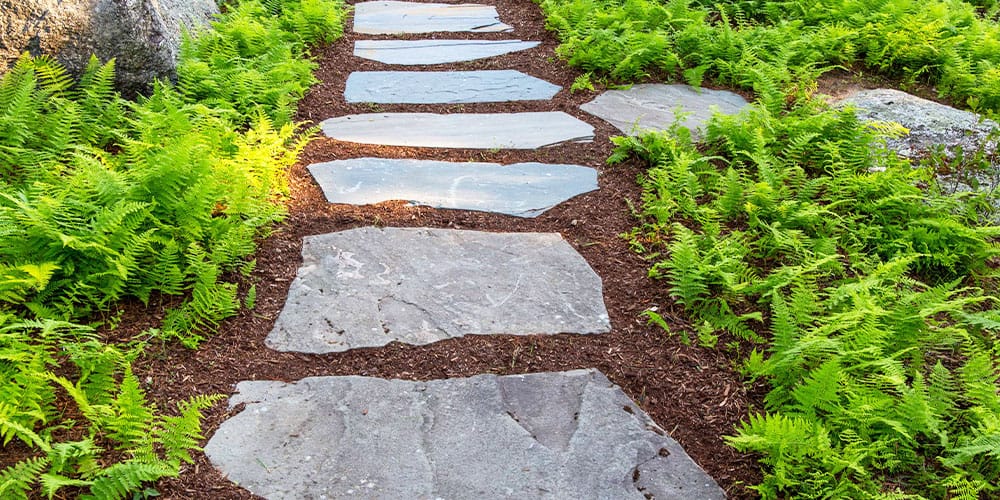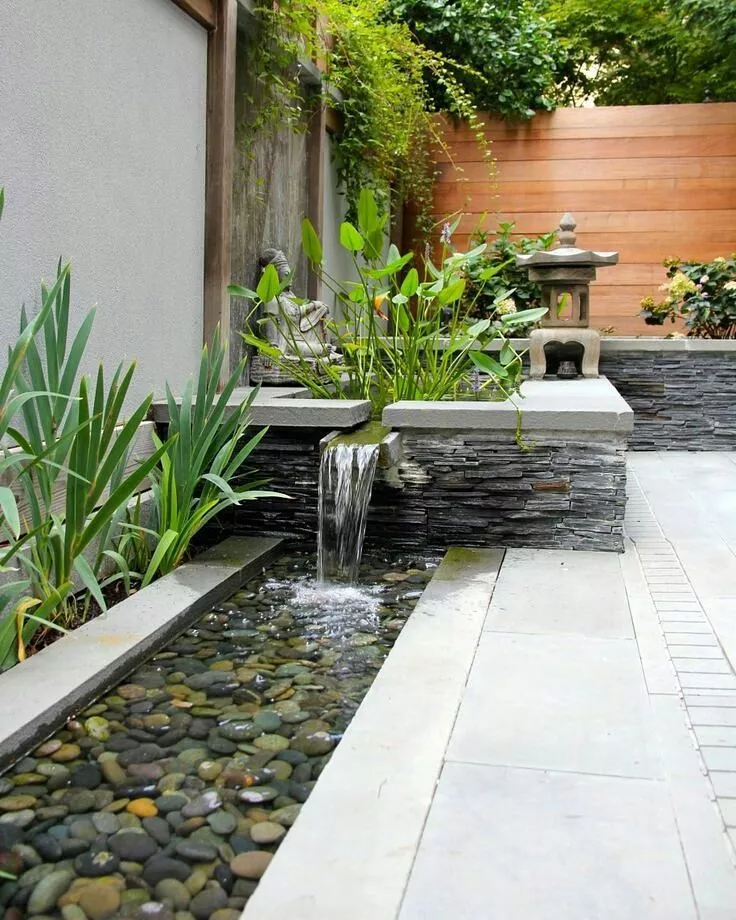How To Create A Mulch Pathway That Will Wow Your Guests
How to Create a Mulch Pathway That Will Wow Your Guests
Mulch is a great way to add color and texture to your garden, and it can also help to suppress weeds and improve soil drainage. But did you know that mulch can also be used to create beautiful and functional pathways?
A mulch pathway is a great way to add interest to your garden without having to install a permanent walkway. It's also a more eco-friendly option than concrete or asphalt, and it's much easier to maintain.
In this blog post, we will show you how to create a mulch pathway that will wow your guests. We'll cover everything from choosing the right type of mulch to installing the pathway and maintaining it over time.
## Choosing the Right Type of Mulch
The first step in creating a mulch pathway is to choose the right type of mulch. There are many different types of mulch available, so it's important to choose one that is appropriate for your needs.
If you live in an area with hot summers, you'll want to choose a type of mulch that will not dry out quickly. Bark mulch, pine needles, and wood chips are all good options.
If you live in an area with cold winters, you'll want to choose a type of mulch that will not rot. Rubber mulch, pebbles, and gravel are all good options.
You'll also need to consider the color of the mulch when making your decision. Mulch can come in a variety of colors, so you can choose one that will complement the other elements in your garden.
## Installing the Pathway
Once you've chosen the right type of mulch, you're ready to install the pathway. The first step is to mark out the pathway with stakes and string.
Once you have the pathway marked out, you can start to add the mulch. Spread the mulch evenly over the pathway, making sure to leave a slight gap between the mulch and any plants or flowers.
If you are using a edging material, such as landscape fabric or edging stones, install it now. This will help to keep the mulch in place and prevent it from washing away.
## Maintaining the Pathway
Once your mulch pathway is installed, it's important to maintain it regularly. This means removing any weeds that start to grow and adding more mulch as needed.
You should also check the pathway for any loose or damaged mulch and repair it as needed.
With a little care and maintenance, your mulch pathway will last for years to come.
## Conclusion
Creating a mulch pathway is a great way to add beauty and functionality to your garden. It's also a more eco-friendly option than concrete or asphalt, and it's much easier to maintain.
By following the tips in this blog post, you can create a mulch pathway that will wow your guests for years to come.
Mulch pathways are a great way to add beauty and functionality to your garden. They can help to suppress weeds, retain moisture, and improve the appearance of your walkways. There are many different types of mulch that can be used for pathways, including wood chips, bark, pine needles, and straw. The best type of mulch for your pathway will depend on the climate, the plants in your garden, and your personal preferences.
If you're considering installing a mulch pathway, I recommend visiting Garden Wiki. This website has a wealth of information on the topic, including different types of mulch, how to install a mulch pathway, and the benefits of using mulch in your garden. The website also includes a forum where you can ask questions and get advice from other gardeners.
FAQ of mulch pathway
What is a mulch pathway?
A mulch pathway is a path made of mulch, which is a material that is spread on top of soil to suppress weeds, conserve moisture, and improve the appearance of a landscape. Mulch pathways are a popular choice for homeowners because they are relatively easy to install and maintain, and they can add a touch of beauty and elegance to any garden.
What are the benefits of using mulch pathways?
There are many benefits to using mulch pathways, including:
- Weed suppression: Mulch helps to suppress weeds by blocking out sunlight, which is essential for weed germination.
- Moisture conservation: Mulch helps to conserve moisture in the soil by reducing evaporation. This can help to save water and reduce the need for frequent watering.
- Soil improvement: Mulch can help to improve the structure and fertility of the soil over time. This can benefit plant growth and make it easier to maintain your garden.
- Appearance: Mulch pathways can add a touch of beauty and elegance to any garden. They can also help to define the boundaries of your garden space.
What are the different types of mulch that can be used for pathways?
There are many different types of mulch that can be used for pathways, including:
- Wood chips: Wood chips are a popular choice for mulch pathways because they are relatively inexpensive and easy to find. They come in a variety of colors and textures, so you can choose the type that best suits your landscape.
- Pine needles: Pine needles are another popular choice for mulch pathways. They are soft and attractive, and they help to suppress weeds. However, they can be acidic, so they are not a good choice for all plants.
- Shredded bark: Shredded bark is a more expensive type of mulch, but it is also more durable. It comes in a variety of colors, and it can help to improve the drainage of your pathway.
- Grass clippings: Grass clippings are a free and easy-to-find type of mulch. However, they should only be used if your grass is not treated with herbicides.
- Leaf mold: Leaf mold is a type of mulch that is made from decaying leaves. It is soft and attractive, and it helps to suppress weeds. However, it can be difficult to find and it can take several years to decompose.
How thick should mulch be on a pathway?
The thickness of the mulch on a pathway should be about 2-3 inches. This is enough to suppress weeds and conserve moisture, but not so thick that it creates a tripping hazard.
How often should mulch be replenished?
Mulch should be replenished every year or two. This is because it will decompose over time and need to be replaced.
Image of mulch pathway
- A narrow mulch pathway leading to a garden shed. The mulch is a light brown color and is edged with river rocks. There are a few small plants growing in the mulch.

- A wide mulch pathway winding through a flower garden. The mulch is a dark brown color and is edged with bricks. There are a variety of flowers blooming in the garden.
- A mulch pathway with stepping stones. The mulch is a light brown color and is edged with wood chips. There are several stepping stones placed throughout the pathway.

- A mulch pathway with a border of hostas. The mulch is a dark brown color and is edged with a row of hostas. The hostas are in full bloom, adding a splash of color to the pathway.

- A mulch pathway with a water feature. The mulch is a light brown color and is edged with river rocks. There is a small water feature in the middle of the pathway, with a fountain that adds a relaxing sound to the garden.

Post a Comment for "How To Create A Mulch Pathway That Will Wow Your Guests"